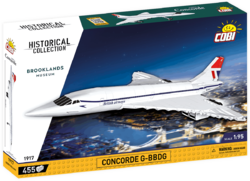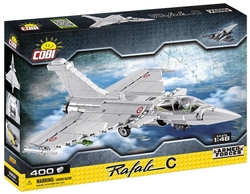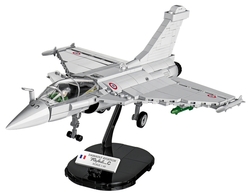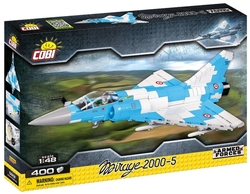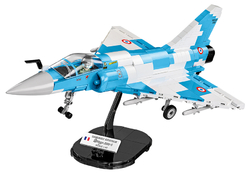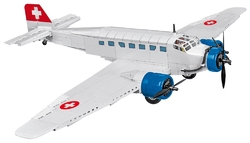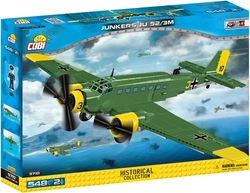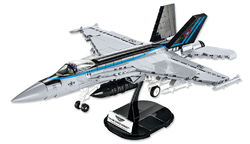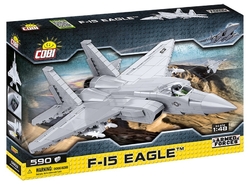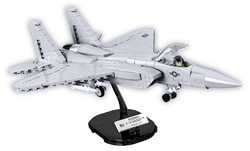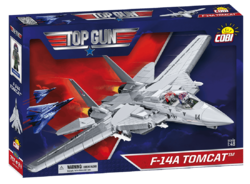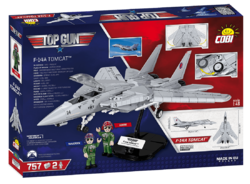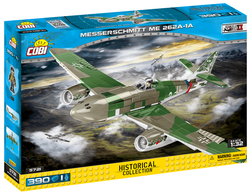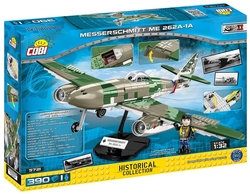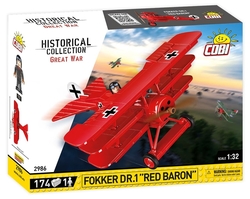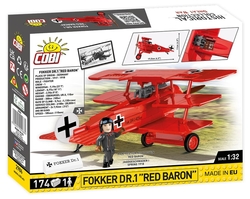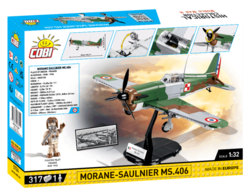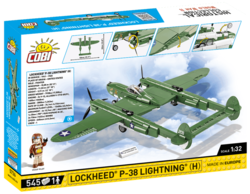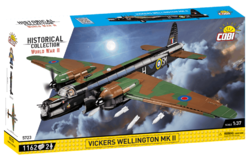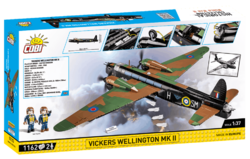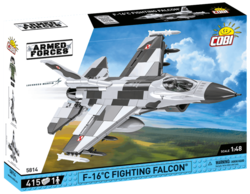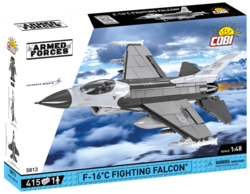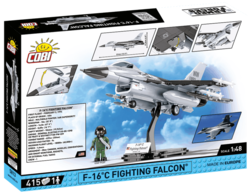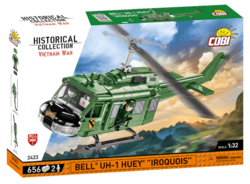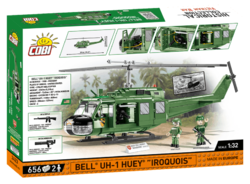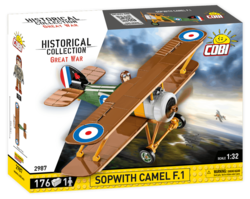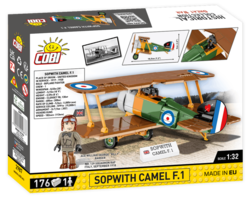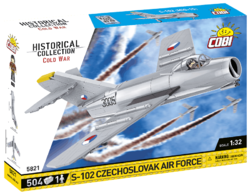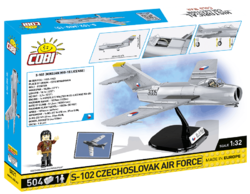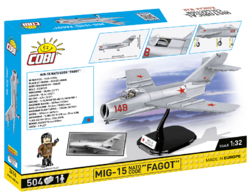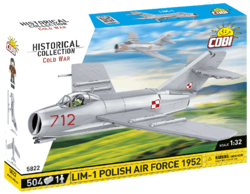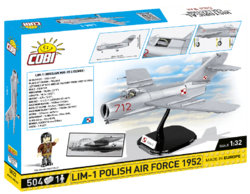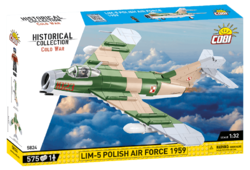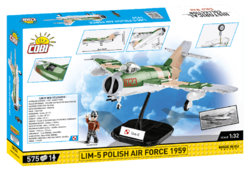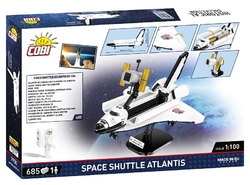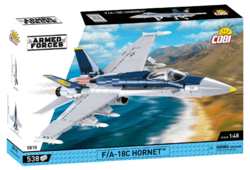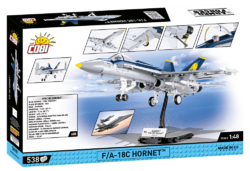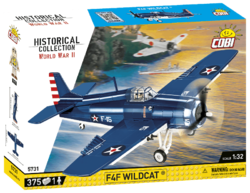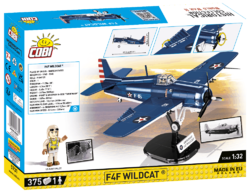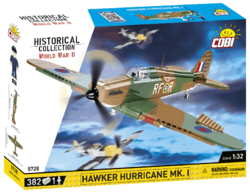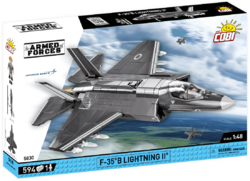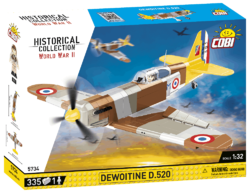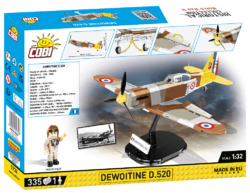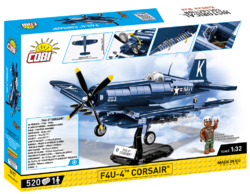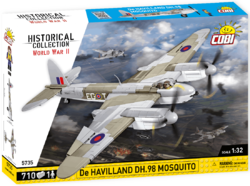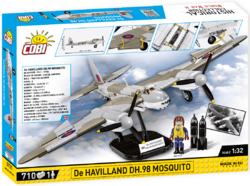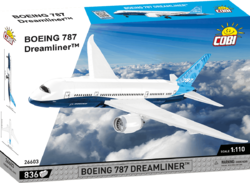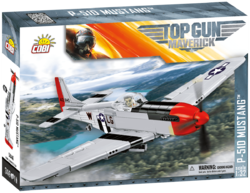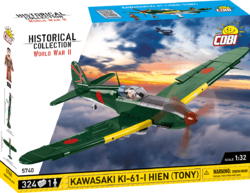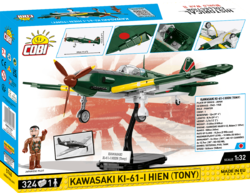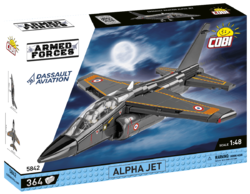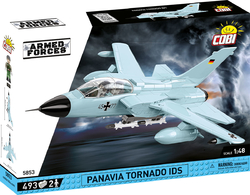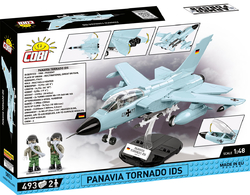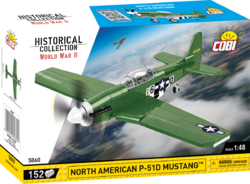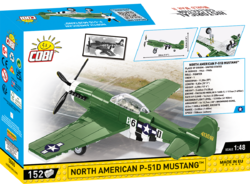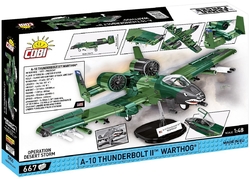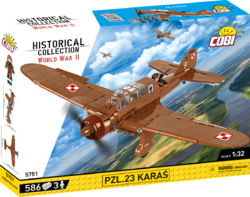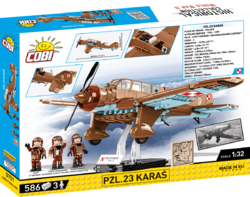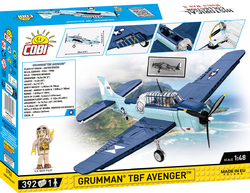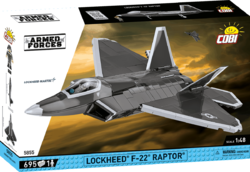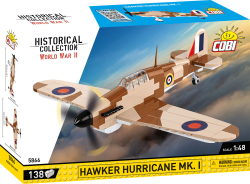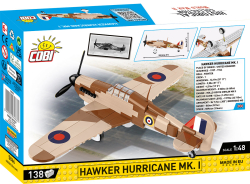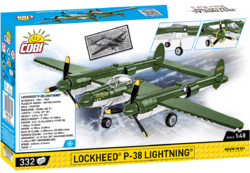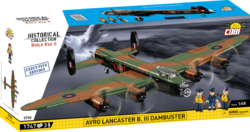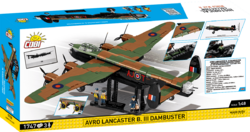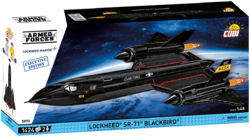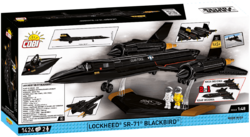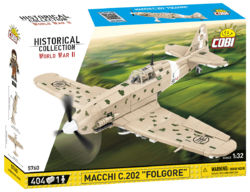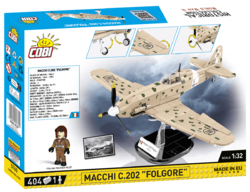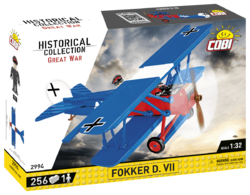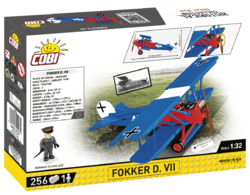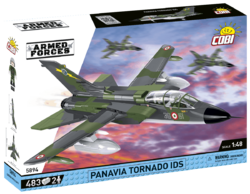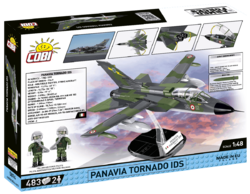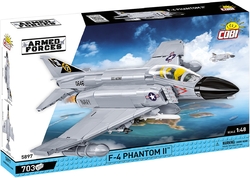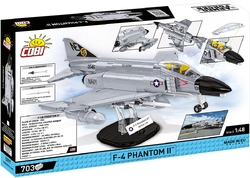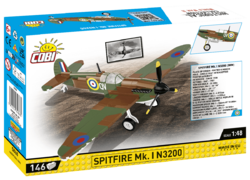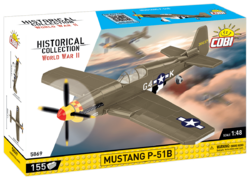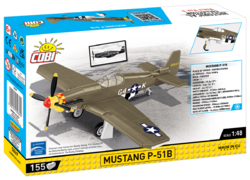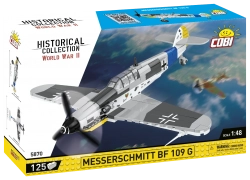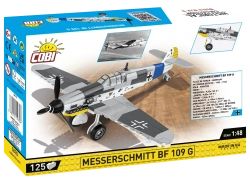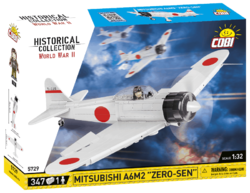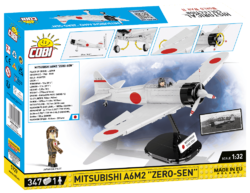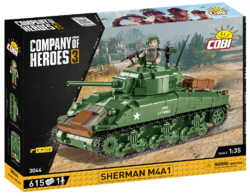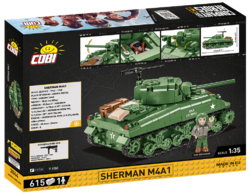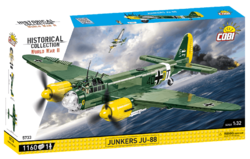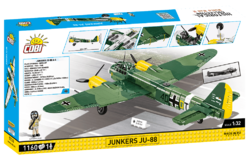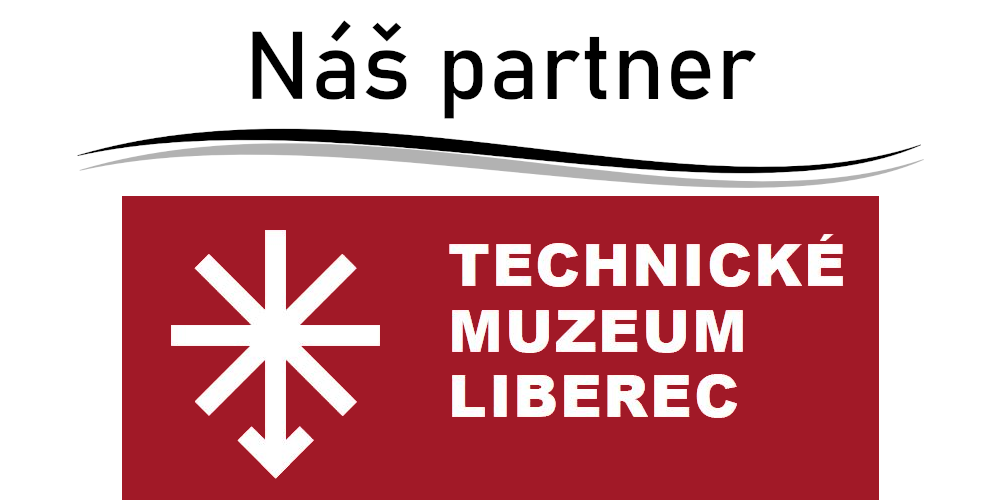| List Number: | COBI-5861 |
| EAN: | 5902251058616 |
| Warranty: | 24 months |
| Manufacturer: | COBI |
| Loyalty Points: | 2 |
| Price excluding VAT: | 368,52 Kč |

You know that:
- Development of the aircraft began in 1937 at the request of the Imperial Navy Air Bureau, which was looking for a replacement for the outdated A5M.
- Two companies, Mitsubishi and Nakajima, entered the competition. When the representatives of the companies unsealed the envelopes containing the requirements for the new aircraft, after a short study Nakajima withdrew from the competition because they considered the requirements to be impossible to meet.
- The design was undertaken by a young engineer, Jiro Horikoshi, who, due to severe short-sightedness, never became a pilot. In 2013, the feature-length animated film The Wind Rises was based on the life story of the famous engineer.
- The first flight of the prototype took place on April 1, 1939 at Kagamigahara. After the construction of the second prototype, tests were also carried out on the aircraft carrier Kaga.
- Thanks to its powerful engine, the fighter was fitted with a three-bladed propeller. The requirements of the Imperial Navy were met.
- The powerful engine and lightweight design were behind the Zeros' high agility. Japanese aircraft had no competition until the arrival of the American Hellcat. American General Claire Lee Chennault remarked that maneuvering against the aerobatic capabilities of the Japanese was committing suicide.
- the Zeros' mythical invincibility was changed by an event on June 4, 1942, when a young Japanese pilot, Tadayoshi Koga, was forced to land his damaged plane in the marshy terrain of nearby Akutan Island after an attack on Dutch Harbor.
- The Americans managed to extricate the machine from the deep mud, repair and test it. Tests showed that the Zeros' maneuverability dropped significantly at speeds above 370 km/h (370 mph), and the engine shut down when negatively overloaded, with the carburetor unable to supply fuel.
- Based on these findings, the US Navy developed a new and successful tactic. Nevertheless, the Zero remained a dangerous adversary until the end of the war.
- In total, around 11,000 were produced in various versions.
Technical parameters:
- dimensions: span 12 m, length 9.1 m, height 3.53 m
- maximum take-off weight 2 796 kg
- power unit 14-cylinder Nakajima NK1C SAKAE-12 radial engine, 700 kW
- maximum speed 533 km/h
- maximum flight level 10 000 m
- range 1 870 km
- climb rate 15,7 m/s
- fuel tank capacity 545l + 330l in auxiliary tank
- armament 2x cannon 99-1Mk.3 of 20 mm calibre + 2x machine gun 97MG of 7.7 mm calibre + 2x 60 kg aerial bomb
- crew 1
From the memoirs of James H. Flatley:
"I was on a patrol mission over Midway when I spotted a group of Zeros approaching our island. I was in an F4F Wildcat, which was heavier and slower than the Zeros, but had better armor and armament. I knew I didn't stand a chance in maneuver combat, so I tried to maintain altitude and speed. I watched as the Zera attacked our bombers and fighters returning from an attack on the Japanese fleet. I saw one of them shoot down my squadron mate. I felt anger and sadness. I decided to avenge him. I picked one Zero who had separated himself from the others and attacked him from behind. I fired at full throttle and saw smoke and flames billowing from him. It was horrible, but it was necessary."
| Number of figurines | 0 pcs |
|---|---|
| Version (series) | 09/2023 |
| Number of pieces | 170 pcs |
| Scale | 1:48 |
| Package weight | 230 g |
| Dimensions after assembly | 25 x 19 x 9 cm |
| Box dimensions | 27 x 18 x 6 cm |
| Recommended age | 7+ |
| Contains luminous blocks | No |
| Material | Plastic |
| Collection | World War II |
| Compatible with other brand of kits | Yes |

































